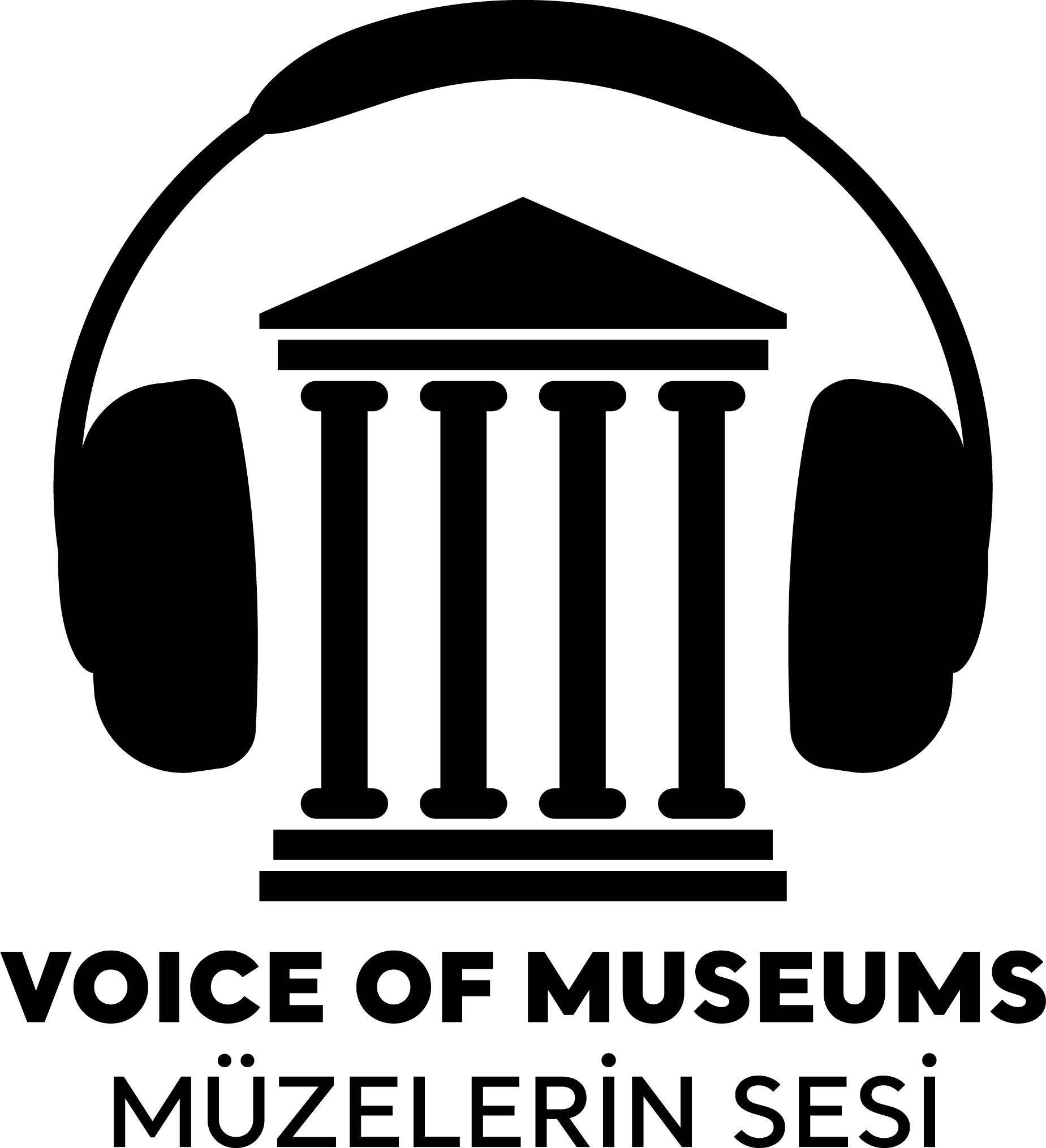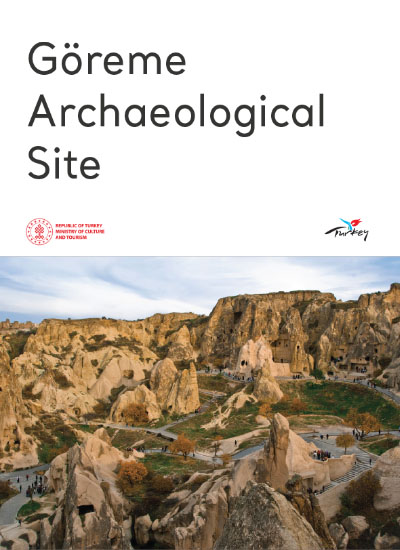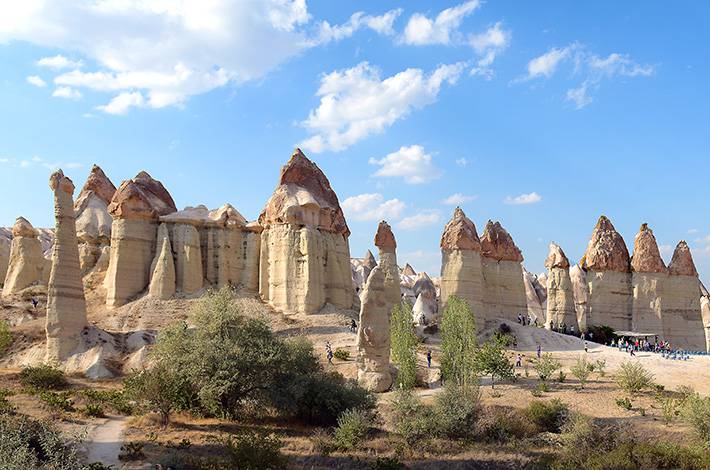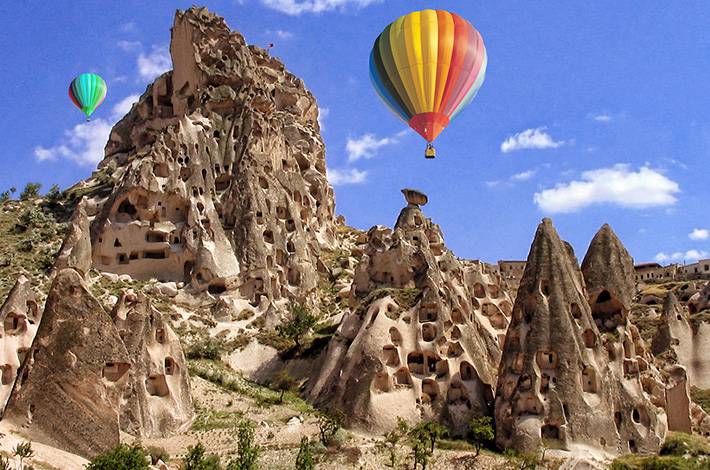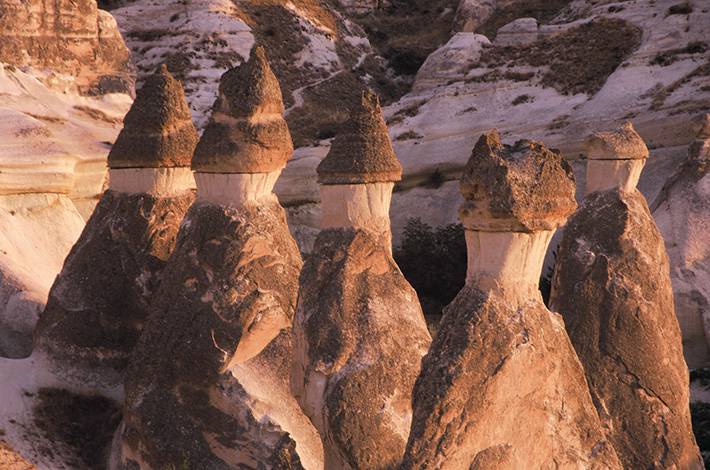In the second century AD, ascetic monks had adopted a hermit lifestyle in the Cappadocia region, particularly in the vicinity of Göreme. Despite their independence from monasteries and churches, they constituted an important social community. The region's religious significance was further enhanced by the presence of clergy with notable character. In the following century, Cappadocia was renowned as the hometown of the three great clergymen. The Cappadocian Fathers, as they are known, were the Bishop of Kaisareia, Basil, his brother Gregory of Nyssa and Gregory of Nazianzus. Basil, known as the ‘Great’, returned from Constantinople to his hometown, Kaisareia, the headquarters of the Cappadocia region, to devote himself to the monastic life. He was also effective in spreading the monastic lifestyle. A monastic lifestyle was prevalent in Göreme from the 4th century AD to the 13th century. There were churches, chapels, cafeterias and seating areas in almost every rock block. The Göreme Open Air Museum is the site where this educational system was initiated. The churches in the region were painted with two distinct techniques. The first is painting directly on the rock surface, and the second is the fresco-secco (tempera) technique. The content of the churches is derived from the Bible and the life of Jesus Christ. The Göreme Open Air Museum houses the Girls and Boys Monastery, St. Basil’s Church, Elmalı Church, Saint Barbara Church, Serpent Church, Malta Crusader Church, Dark Church, Saint Catherine Church, Çarıklı Church and Tokalı Church. The site was opened to visitors in 1967.
Göreme Archaeological Site
